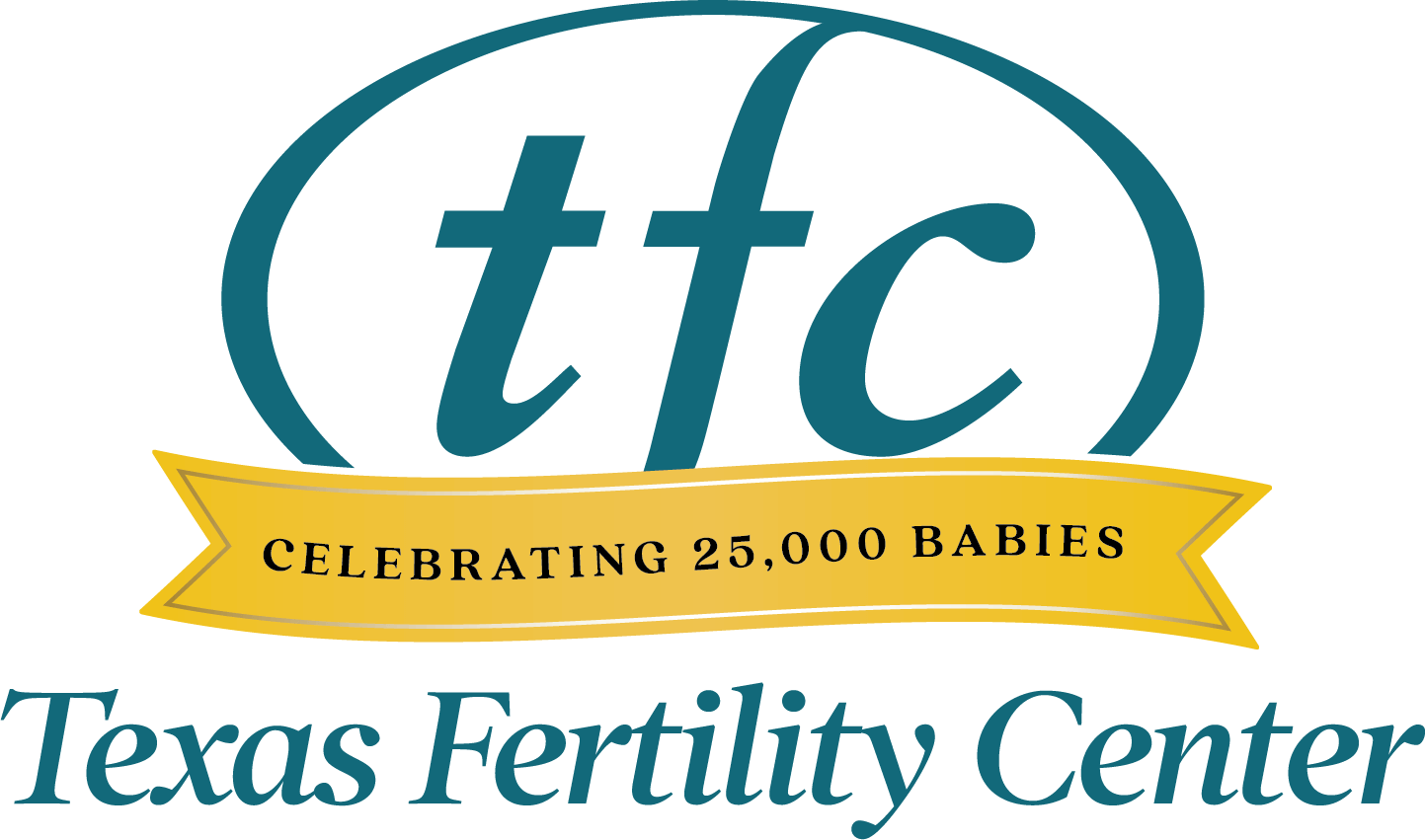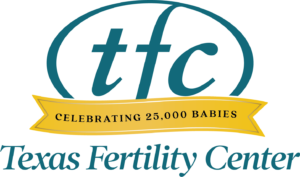
Laparoscopy can help women overcome barriers to pregnancy
Laparoscopy is a type of minimally invasive surgery that Susan Hudson MD performs at our New Braunfels fertility center. Laparoscopic surgery involves using a device called a laparoscope. It is a long, thin scope with a camera attached. When Dr. Hudson uses it, she can see a live video feed from inside of a patient’s body, while only making a small incision near the patient’s belly button. Thanks to this technique, many fertility surgeries that once required large incisions can be performed with minimal scarring, reduced healing time and less risk.
How does laparoscopy work?
At our New Braunfels fertility center, we use laparoscopy for both diagnosis and treatment. The detailed images this procedure provides are a valuable tool in diagnosing endometriosis, fibroids, ovarian cysts and other physical problems. Laparoscopic surgery can also aid in the removal of problematic growths and in the repair of damaged tissue. This procedure works as follows.
- Preparation. We fully explain the process to patients, who must refrain from consuming food and drink before their procedure.
- Anesthesia. Our providers sedate patients with anesthesia. Patients remain unconscious throughout the procedure and do not feel any pain.
- Incision and insufflation. We make a small incision near the patient’s belly button and pump carbon dioxide into her abdomen (insufflation). This process gives Dr. Hudson a better view of the patient’s pelvic organs.
- Laparoscope. Dr. Hudson uses a laparoscope to visually inspect the pelvic organs. She may make additional small incisions in the abdomen to give her a more complete view. She can also use the laparoscope to guide surgical instruments as she performs surgery.
- Recovery. After the procedure, Dr. Hudson will suction out most of the gas from the insufflation and stitch up the abdominal incisions. Our providers stop the anesthesia and allow the patient to wake and rest in the recovery room.
Laparoscopy turns operations that once required hospital stays into outpatient procedures, but patients can still expect to take some time to recover. A patient may experience pain at her incision sites, nausea from the anesthesia, or pain and bloating from the gas that remains in her abdomen after the procedure. The remaining gas will naturally dissipate during the day after the procedure, and women typically resume their normal activities within a few days.
The benefits of fertility surgery at Texas Fertility Center
Thanks to laparoscopic surgery, many patients at our New Braunfels fertility center enjoy improved chances of pregnancy. These procedures help patients understand the root causes of their pain or infertility. They also allow Dr. Hudson to develop detailed and customized strategies to address fertility issues.
To learn more about fertility surgery, or to start your fertility journey, contact our office.



